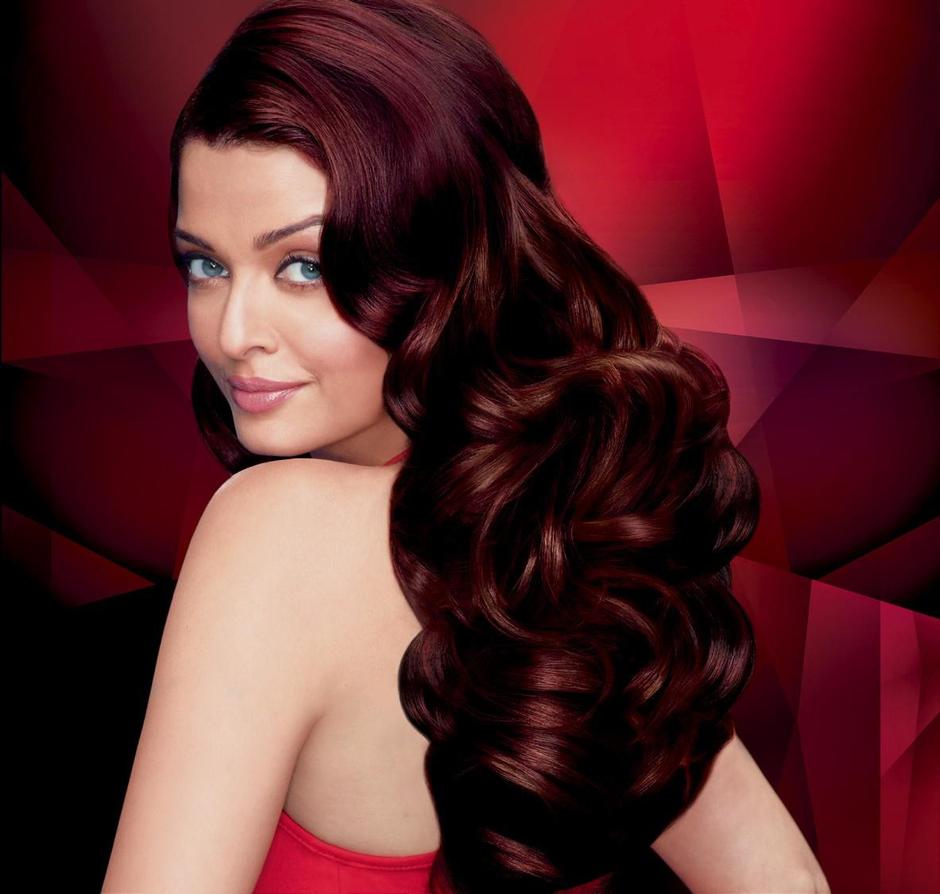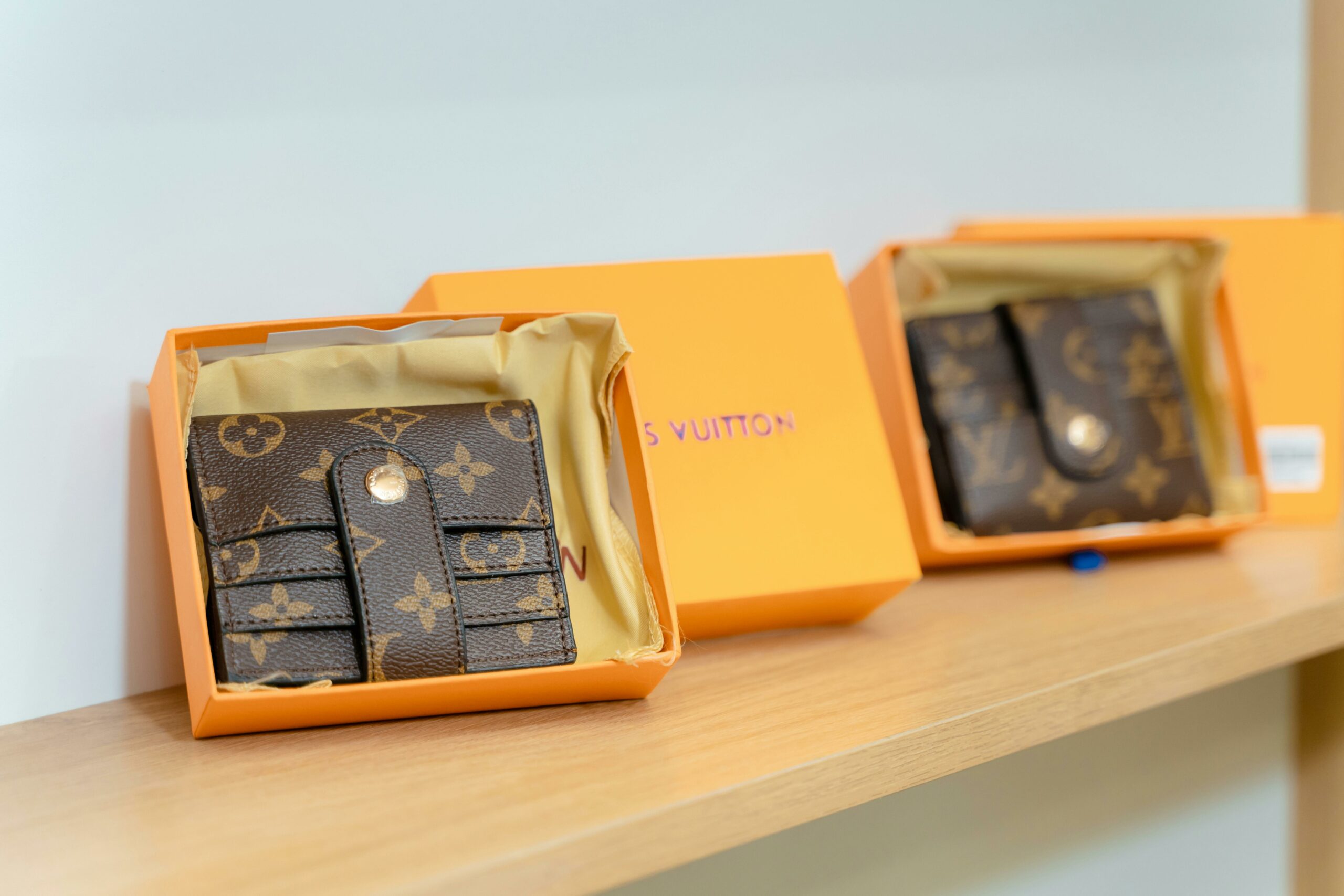Every woman wishes to have gorgeous hair that accentuates her beauty. Hair on its own can be an accessory that women use to play around with their look. Most of the time we are never happy with our hair, and want a totally different look to our natural one. We want our hair curly, straight, black, brown, or red; we want it thicker or less abundant.
Some of us are not happy with just one look and want to have short hair today and long hair tomorrow. Sometimes you want a bouncy, curly look during the day, and a sleek, straight do at night. As women, we want to do a lot with our hair, and these days anything is possible with the help of weaves and extensions.
Types of hair available
For a beginner, the whole extension thing can be quite daunting. Do you go for synthetic hair? What is Brazilian? What does Remy mean? There are so many terms and expressions. I have decided to do a mini break-down for beginners, so you know what to shop around for.
In the world of hair extensions, there are three determining factors: the hair type; the quality; and your budget. Of course, the hairstyle you intend on doing will also be a major deciding factor.
First, we need to discuss the types of hair that are on the market. There is the synthetic route (man-made and cheaper), and there is natural human hair.
Human hair comes in different qualities and is imported from different places.
There are three human hair types in the form of hair extensions: European, Indian and Chinese. European is the most expensive of the hair types, then Indian, and the Chinese variant is the most affordable. There is also Brazilian and Peruvian hair, which comes from South America.
Remy: this is a term that describes hair quality. This is hair of the finest quality, and it is also called cuticle hair. Remy hair remains aligned in the natural growth pattern of the hair, and it is quite expensive. It is premium hair; and since the cuticles are in the same direction, the hair remains undisturbed and is therefore more durable.
Indian Hair: is sometimes referred to as Remy hair. It is hair that is collected from temples in India. It closely resembles Caucasian hair, so if you have hair texture of this sort you would opt for Indian.
Which technique can you use?
Once you have purchased your hair, you have another quandary: how to put it in? Do you want a temporary do, or something that will last for months? Here are some methods for attaching European and Caucasian types of hair.
Micro loop hair extensions: use small metal rings (usually aluminium) lined with silicone with the hair extension attached. They are fixed to small sections of the natural hair and tightened using a special tool that clamps the loop around the natural hair. The micro loops are designed to be small enough so they are not visible in normal use. This option uses less heat or adhesives and therefore causes less damage to your hair. The loops need re-positioning every 2-3 months as the natural hair grows and the micro rings move away from the scalp.
Taped extensions: with this method a fine tape bond is created that doesn’t feel like you are wearing hair extensions. Each tape bond is about 4 × 0.8 cm in size. The tape is sealed in with a touch of heat from a GHD.
Clip-in hair extensions: these are great, temporary and are composed of a moderate to a large amount of hair attached to a clip or a comb, which can be placed in the hair to add volume, highlights or length. These can be removed or placed multiple times without damaging the hair.
Thermofiber hair extensions: are synthetic hair that is heat resistant, and costs the fraction of what human hair extensions cost. The can be curled and straightened, but the heat must be at a minimum of 200°C. Thermofiber extensions can also be colored, but not lightened.
And that is the low-down on fabulous hair. It doesn’t have to be difficult, it is as easy as shopping.











